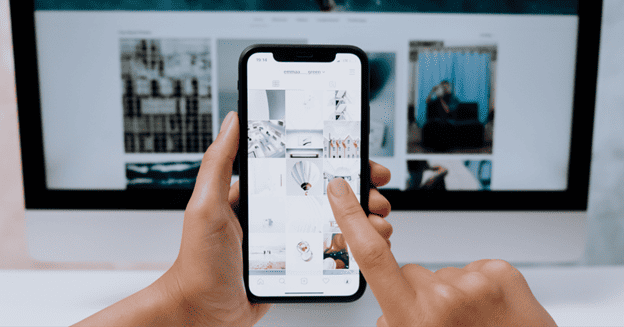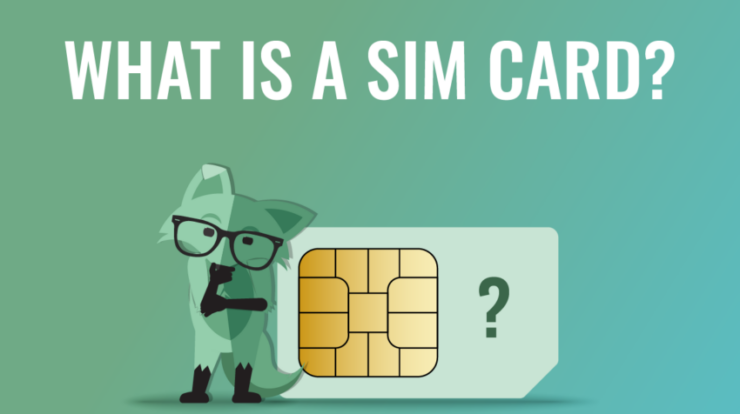
In the rapidly evolving landscape of mobile technology, one segment that demands attention and care is the development of apps catering to individuals with special needs. A special needs app isn’t just a technological solution; it’s a gateway to empowerment, independence, and learning for people who experience the world differently. These apps need to be thoughtfully designed, considering the unique challenges and requirements of their users.
This is where the expertise of a company like Geniusee becomes invaluable. With a deep commitment to inclusivity and innovation, Geniusee is at the forefront of developing mobile apps that aren’t just functional but are also tailored to enhance the lives of people with special needs. By leveraging technological prowess and empathetic approach, we are helping bridge the gap in tech accessibility, creating applications that truly make a difference.
Features of a Mobile App for Special Needs People
Developing a mobile app for individuals with special needs requires a deep understanding of their challenges and an empathetic approach towards addressing them. Here are some essential features that should be considered to make these apps effective and user-friendly:
1. Customizable User Interface
Flexibility in the app’s interface is key. Users should be able to adjust settings like font size, color schemes, and button sizes to suit their visual preferences and needs. This customization aids users with visual impairments and cognitive challenges, making the app more accessible.
The app should have a straightforward and predictable layout. Complex navigation can be a barrier, especially for users with cognitive disabilities. Clear, consistent, and easy-to-understand menus and buttons help in providing a better user experience.
3. Voice Commands and Speech Recognition
For users with physical disabilities or visual impairments, voice command features enable easier control and navigation of the app. Speech recognition can assist in tasks such as dictation, executing commands, and navigating through the app.
4. Text-to-Speech and Speech-to-Text Capabilities
These are essential for users with hearing or visual impairments and learning disabilities. Text-to-speech allows users to receive auditory feedback of text displayed on the screen, while speech-to-text enables users to input information verbally.
5. Haptic Feedback and Vibrations
Haptic feedback provides physical cues through vibrations or other means. This is particularly useful for users who are visually impaired, as it offers them another mode of receiving input and feedback from the app.
6. Multimedia Integration
Incorporating elements like audio descriptions, video content, and interactive activities can enhance the learning and engagement for users. This also caters to different learning styles and preferences.
7. Assistive Technology Compatibility
Ensuring the app’s compatibility with various assistive technologies like screen readers, braille keyboards, and switch control enhances accessibility. This feature is vital for users who rely on these technologies for their daily digital interactions.
8. Offline Functionality
Providing access to key features of the app offline is important for users who may have limited or inconsistent internet access. This ensures that they can use the app’s essential functions at any time.
9. High Contrast and Large Text Options
These options are crucial for users with visual impairments. High contrast modes increase legibility, while large text options help in reading and understanding content without strain.
10. Content Simplification
The ability to simplify content, whether it’s reducing language complexity or breaking down tasks into smaller steps, can be beneficial, especially for users with cognitive challenges.
11. Emotional Support Features
For apps targeting mental health or emotional well-being, features like mood tracking, stress-relieving activities, or connecting with a support person can be very beneficial.
12. Privacy and Security
Given that special needs individuals might be more vulnerable to privacy breaches, it’s crucial to ensure that the app has robust security measures to protect user data.
13. Multilingual Support
Providing support in multiple languages can make the app accessible to a broader range of users, catering to a global audience with diverse linguistic needs.
14. Feedback Systems
Incorporating feedback systems where users can report issues or provide suggestions for improvements can help in making the app more user-centric and effective in meeting their needs.
Top 5 Helpful Apps For Special Needs
There are several standout apps that have made significant strides in improving accessibility, learning, and daily functionality. These apps serve as exemplary models of how technology can be harnessed to empower individuals with special needs.
Proloquo2Go
This is a widely acclaimed communication app designed for people who are non-verbal or have difficulty speaking. It uses symbols and text-to-speech technology, allowing users to communicate their thoughts and needs effectively. Its customizable features make it suitable for a broad spectrum of users with communication challenges.
Be My Eyes
An innovative app that connects blind and low-vision individuals with sighted volunteers through a live video call. This app allows volunteers to assist visually impaired users with tasks that require sight, providing a sense of independence and connectivity to the wider community.
Ava
Ava is a remarkable transcription app that provides real-time captioning for people who are deaf or hard of hearing. It transcribes conversations, making it easier for users to follow along in group discussions, classroom lectures, or everyday interactions.
BridgingApps
Developed by Easterseals, this app is a resourceful guide that lists and reviews various mobile apps specifically designed for people with special needs. It helps users, parents, and educators find the most suitable apps for education, communication, and life skills.
Dragon Anywhere
An efficient speech recognition app that is particularly beneficial for individuals with dyslexia, motor skill difficulties, or those who find typing challenging. Users can dictate text easily, and the app converts speech to text in real time.
In essence, developing a mobile app for special needs is a way towards creating impactful and empowering digital solutions. Geniusee, with its expertise in inclusive technology, stands as a reliable partner in this endeavor. Collaborating with Geniusee means ensuring that your app not only meets technical standards but also profoundly enhances the lives of individuals with special needs. Reach out to us to transform your vision into an accessible and empowering app that makes a real difference!



